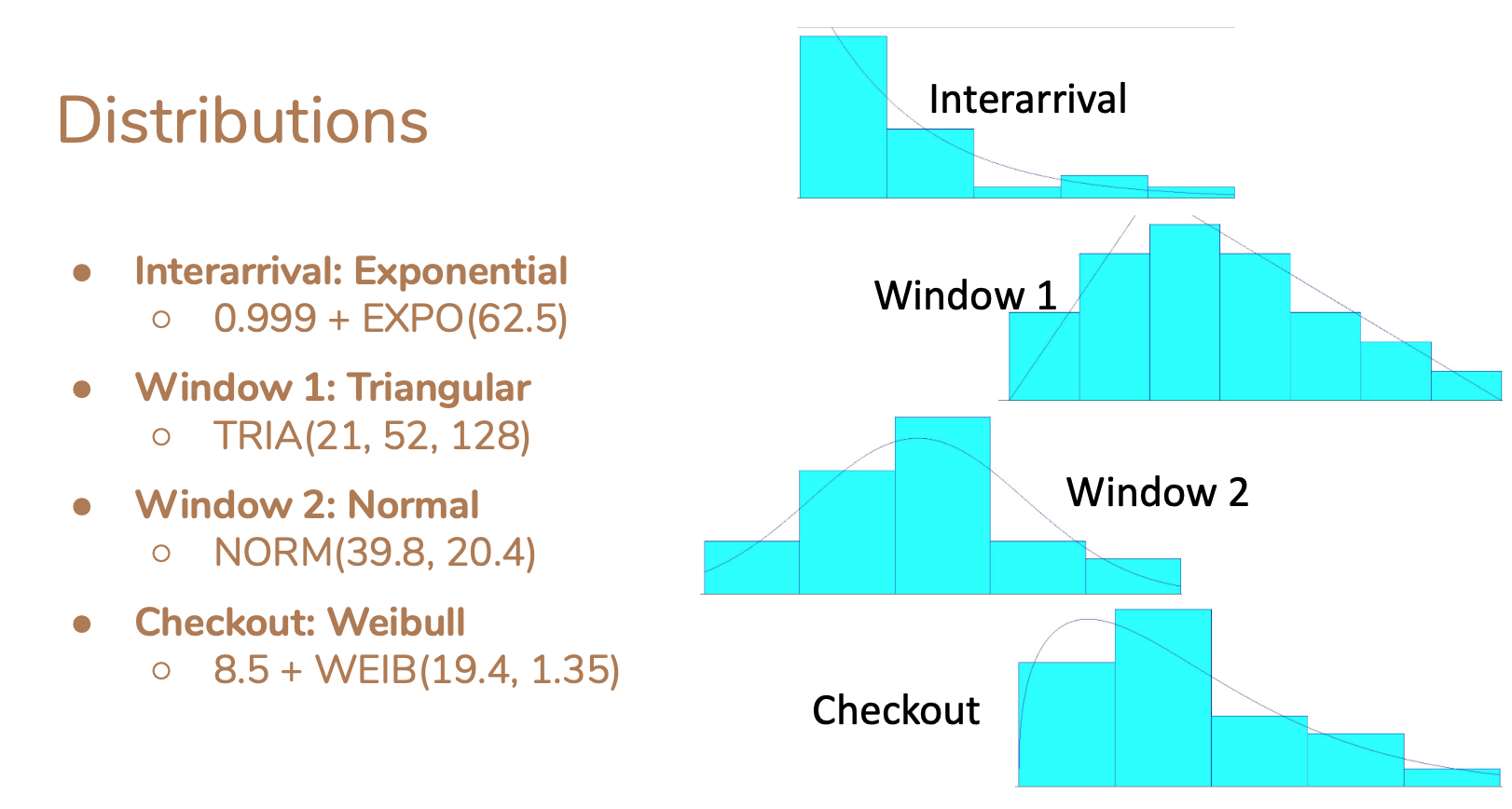DMAIC Approach for Transplant Operation Room Scheduling and Utilization Improvement at UW Health University Hospital
The Transplant department at UW Health University Hospital was experiencing a significant utilization problem in the operating room. The Transplant team initially suspected that its only problem was a shortage of block time until the OR Management team provided a report of utilization levels that showed Transplant had an average utilization level that varied from 42% to 173%. With this information, the Transplant team reached out to UW ISyE for assistance. The goal of our project was to find a way to decrease average utilization variability and average utilization mean to a more acceptable standard. This project was completed using FOCUS-PDCA and DMAIC process improvement methodologies.
We began the project by defining our project motivation, framework, scope, and aim statement. After establishing a charter, we conducted a situational analysis through interviews, workgroup meetings, and historical data attainment. The interviews and workgroup meetings enabled us to create process diagrams to map out the complex task of scheduling a transplant case in the OR. By understanding this process, we could identify some pain points and root causes to the scheduling issues at hand. Our attainment of historical surgical data allowed us to begin data analysis, where we specifically focused on utilization levels and delays. The analyses concluded that even at the most optimized surgical schedule, the average utilization still exceeds 100%, indicating that not enough block time is currently available.
Following process mapping and data analysis, our team began to brainstorm solutions. The brainstorming process started by conducting literature reviews to search for and understand similar case studies and approaches that had been used. Generating ideas from both our data analysis and the case studies from the literature review commenced the formation of our project recommendations and solutions.
In this report, we present four recommendations to the UW Health Transplant OR team. First, we recommend that the OR Management team increases block time allotted to the Transplant department. Second, we recommend evaluating OR usage for other departments to OR better understand the block distribution at an organization level and have more insight on block reassignment. Third, we recommend using the provided block time more wisely by “tetrising” surgeries using our optimization model and delay analysis. Fourth and finally, we recommend that the team prioritizes more on organizational needs, such as providing patients a small window to choose their surgery date rather than letting them choose arbitrarily in order to give schedulers more flexibility and schedule the surgeries more optimally to improve utilization. To assist with the implementation of our recommendations, we provide risk mitigation details, methods to check results, and identify ideal future states for utilization, delays, scheduling, and patient autonomy.
Selected Sections of Report Document:
Project Components:
Full Report Document
Gnatt Chart
SIPOC Diagram
Process Map
Swimland Diagram
Fishbone Diagram
Utilization Calculations and Figures
Scheduling Optimization Model
Visualization of Proposed Model Schedule
Delay Time Analysis
Critical to Quality Tree
Ranking of Prioritization Measures
Affinity Diagram for Proposed Solutions
Queuing System Model
Cost Analysis of Proposed Solutions























































